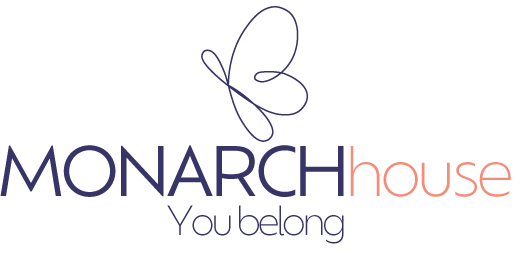Parent-Child Dyadic Therapy For Children With Autism In Burlington
Everyone would like a better relationship with their children.Parent-child dyadic therapy is a relationship-based therapeutic approach that strengthens the emotional connection between children and their parents and caregivers. For children with autism, this type of therapy can be especially valuable, as it supports emotional regulation, communication, and mutual understanding. At Monarch House behavioural therapy is one of our areas of specialization.
Here are nin3 helpful ways to engage and explore in parent-child dyadic therapy for children with autism in Burlington.
1, Practice Co-Regulation
Battleship sunk? We know how disheartening that can be. Take the hard news with a positive attitude and your child may mirror the same behaviour going forward. One of the core strategies in dyadic therapy is co-regulation—where the caregiver models calming behaviours that the child can mirror. This can include breathing exercises, soothing tones, orconsistent routines. Co-regulation helps children with autism learn to manage emotions in a supportive, safe environment.
2. Use Play-Based Techniques
Have you ever tried being a T-Rex for an afternoon? You might find it quite empowering after breaking through a few flimsy walls made of popsicle sticks and twist ties. Therapists often incorporate play as a bridge for communication and connection. Parents should note the importance of play for children with autism at home to follow their child’s interests, reinforce social cues, and encourage joint attention. Even simple games can strengthen emotional bonding and understanding.
3. Understand The Foundations Of Dyadic Therapy
Start off by learning the basics of this approach. Just take thirty minutes to wrap your head around the core principles of dyadic therapy. This approach emphasizes the bond between caregiver and child, using their relationship as the primary tool for healing and development. In children with autism, dyadic therapy helps foster trust, manage stress and anxiety, and support developmental growth.
4. Work With A Trained Therapist
The professional touch can offer structure, guidance, and support. At Monarch House we have trained therapists who a familiar with dyadic therapy and have experience with neurodivergent children. These professionals guide parents and children through structured interactions and provide tools tailored to autism-specific needs, including sensory sensitivities and communication challenges.
5. Focus On Nonverbal Communication
You need to adjust your style of play for children with autism that are nonverbal. For children with limited verbal skills, tuning into body language, facial expressions, and gestures becomes vital. Dyadic therapy teaches way in which you can do this
6. Set Realistic Expectations
Be patient and take your time. Progress in dyadic therapy can be gradual. Parents should celebrate small wins and remember that building a strong connection takes time.Positive reinforcement is the way to go. Patience and consistency are key, especially when working with children with neurodivergence.
7. Attend Parent Coaching Sessions
Knowing what to do, and when, as a parent can make a big difference in how you appraise your child. At Monarch House we offer parent coaching as part of the process. These sessions help caregivers reflect on their interactions, improve emotional attunement, and build confidence in their role as co-regulators and supporters.
8. Integrate Therapy Into Daily Routines
Dyadic therapy doesn’t have to be limited to sessions with a professional. Parents can incorporate therapeutic principles into daily activities such as mealtime, bedtime, or bath time. By structuring an autism friendly home, these everyday moments provide rich opportunities for connection and emotional growth.
9. Be Open To Emotional Growth As A Parent
Who says that therapy can’t be beneficial to all the parties involved? Dyadic therapy isn’t just about helping the child—it also supports the parent’s emotional development. Self care for parents of children with autism is also a consideration. Exploring your own stress responses, attachment style, and communication habits can lead to a more nurturing and responsive relationship with your child.
There are some woo ideas out there that are designed to mend human bonds. At Monarch House we take a more straightforward, more scientific approach. Parent-child dyadic therapy a powerful, evidence-informed path. It has been proven time and again to offer a deeper connection and improved well-being for children with autism and their caregivers. At Monarch House we have a professional,interdisciplinary staff of occupational therapists, behavioural therapists, psychotherapists, and speech pathologists that are here to help. By exploring these ten strategies, families can create a supportive, emotionally attuned environment where both parent and child thrive.


